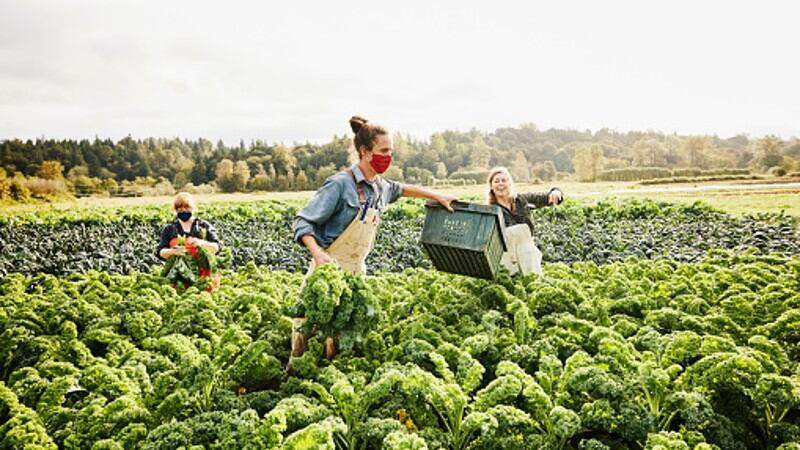Almost half of these were due to undeclared allergens, with other reasons including microbial contamination (19), foreign matter (5) and incorrect labelling (3).
At the same time, the organisation published an analysis of annual food recall statistics for the last 10 years, including the new data for 2021.
It detailed there had been 776 recalls between 2012 and 2021.
There are two types of food recalls – consumer and trade. A trade recall is conducted when the food has not been available for direct purchase by the public, such as food sold to wholesalers and caterers. A consumer recall is conducted when the food has been available for retail sale.
Between 2012 and 2021, consumer recalls accounted for 86% of all food recalls, with 14% were trade recalls.
Nonetheless, FSANZ maintains that the volume of food recalled “represents a very small proportion of the large amount of food products available in the Australian market”. Most recalls were precautionary and initiated by food businesses to ensure that potentially unsafe food is removed from distribution and sale.
Only a small amount of recalls are linked to a suspected or confirmed illness or injury, added FSANZ.
Major allergen concern
The category of undeclared allergens remains a major concern from 2012 to 2021. A total of 335 out of 776 recalls, or 43%, involved undeclared allergens, especially for milk (100 recalls; 30%), multiple allergens (57 recalls; 17%) and peanut (49 recalls; 15%).
The cases were detected through various channels, chiefly customer complaints, routine government and company testing, distributor or retailer complaints and others.
Upon closer inspection, FSANZ discovered five root causes for the undeclared allergens.
First, it was packaging error. For example, the product was packed in the wrong packaging or an incorrect ingredient list.
Second, there was accidental cross-contamination either of a raw ingredient or during the final production process.
Third, the lack of skills and knowledge to fulfil labelling requirements; for example, pasta was declared as an ingredient, but wheat was not, or ingredients were not fully translated into English from the original language.
Fourth, there were supplier verification issues; for instance, a raw ingredient contained an allergen, but the information was not communicated to the manufacturer.
Last, the reasons remain unknown; for example, the food firm could not determine the issue at the time of recall or when submitting the post-recall report.
The most common type of food associated with food recalls due to undeclared allergens was processed food like snacks, custard powders and frozen meals. The second most common food recalled in this category was confectionary, followed by bread and bakery products.
Microscope the microbes
The second biggest recall category for the period involved microbial contamination. The most common microbes were Listeria monocytogenes (72 recalls; 36%), Salmonella (46 recalls; 23%) and Escherichia coli (E.coli) (41 recalls; 20%).
The microbes listed were mostly found in dairy products, such as milk, yoghurt and cheese. The second most common food type for microbial contamination was fruit, vegetables and herbs (41 recalls; 20%), followed by meat and meat products (32 recalls; 16%).
“The food industry and government place a high priority on Listeria management in these sectors and undertake extensive product testing to monitor for contamination,” said FSANZ.
The FSANZ develops standards that regulate the use of ingredients, processing aids, colourings, additives, vitamins and minerals. It is also responsible for some labelling requirements for packaged and unpackaged food, for example, specific mandatory warnings or advisory labels.
The agency has offices in Canberra, Australia, and Wellington, New Zealand, with support from a wide range of expertise in food matters with members from Australia and New Zealand.




